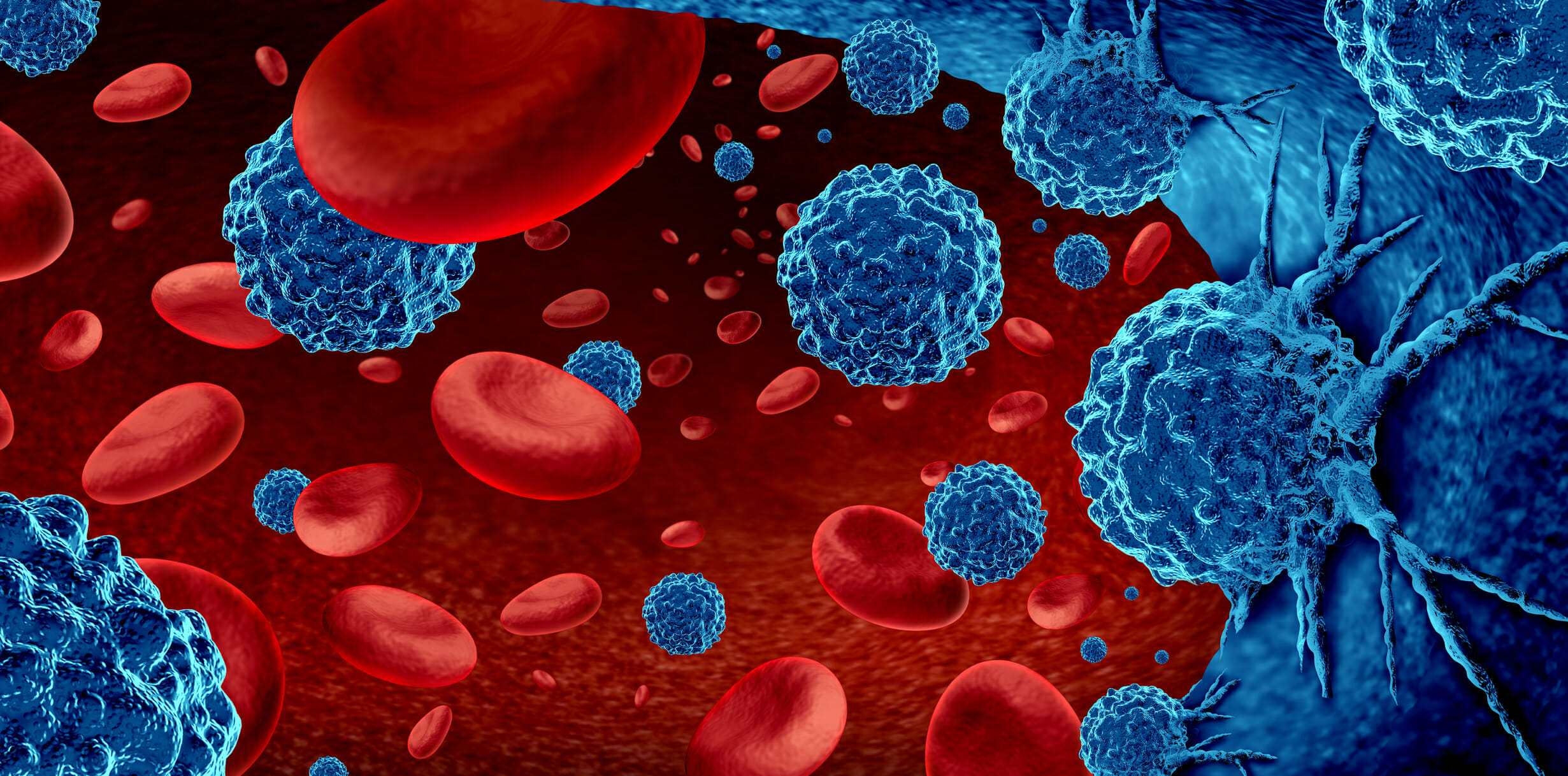Multiple myeloma, a cancer of plasma cells, is a rare form of cancer: the lifetime risk is 1 in 132, and the American Cancer Society estimates about 34,920 new cases will be diagnosed in 2021.¹
Multiple myeloma can also be very serious, impeding the body’s ability to fight infection and putting patients at a higher risk of broken bones and anemia. The earlier multiple myeloma is detected, the more closely it can be monitored and the more time there is to determine treatment. It is imperative that patients with risk factors know how to detect symptoms. What are the basics of multiple myeloma you can explain to patients?
Multiple Myeloma Risk Factors
Beyond understanding that multiple myeloma begins with an abnormal plasma cell in the bone marrow, medical professionals aren’t entirely sure what causes the disease.² However, some consistent risk factors include:
- Older age. The average age of patients diagnosed with multiple myeloma is 70 years.³ Many people with multiple myeloma are aged 60 years and older, but this disease is rarely seen in people aged 40 years and younger.
- Race and gender. Men are more likely to develop multiple myeloma than women, and Black people are more than twice as likely to develop it as White people.
- Family history. If a sibling or parent has had multiple myeloma, patients are at a higher risk.
- Personal history. People who have been exposed to certain radiation and chemicals, such as asbestos, are at a higher risk. People who have a monoclonal gammopathy of undetermined significance (MGUS) detected during blood tests are also at greater risk. People who are overweight or obese have a higher risk of developing multiple myeloma.
Multiple Myeloma Symptoms
Multiple myeloma symptoms can vary in severity from patient to patient, and sometimes don’t appear at all. Some mild symptoms include constipation and nausea. People with anemia and low blood counts as a result of multiple myeloma may experience fatigue, weakness, and dizziness. Patients with multiple myeloma are also prone to bone weakness and even broken bones, and the disease can damage the kidneys and nervous system.⁴ This damage may lead to weakness, dizziness, and shortness of breath.
Multiple Myeloma Diagnosis
Patients with MGUS are likely to be routinely monitored and tested for multiple myeloma. Because some patients don’t have symptoms, regular testing is needed to diagnose multiple myeloma.
Multiple myeloma is often detected with blood tests, sometimes during testing for other conditions. These blood tests include complete blood counts or tests of calcium, creatinine, or albumin levels. Urine tests may also show myeloma proteins. In some cases, bone marrow biopsies and imaging tests (x-rays, MRIs, CT scans) will be needed.⁵
Multiple Myeloma Treatment
If multiple myeloma is diagnosed but no symptoms have appeared, immediate treatment may not be needed. Instead, a health care provider may choose to continue monitoring the patient with further blood and urine tests.⁶
When treatment is needed, several options are often used in combination. These can include:
- Radiation therapy
- Chemotherapy
- Immunotherapy
- Targeted therapy
Some patients may also be candidates for a bone marrow transplant, in combination with other therapies before and after the transplant.
Multiple Myeloma Prognosis
The 5-year survival rate for myeloma is based on the stage and localization of the cancer. According to the American Cancer Society, patients diagnosed with a localized myeloma from 2010 to 2016 had a 5-year survival rate of 75%, while patients with distant multiple myeloma in the same period had a 5-year survival rate of 53%.⁷
References
1. Key statistics about multiple myeloma. American Cancer Society. https://www.cancer.org/cancer/multiple-myeloma/about/key-statistics.html. Updated January 12, 2021. Accessed May 11, 2021.
2. Multiple myeloma – symptoms and causes. Mayo Clinic. https://www.mayoclinic.org/diseases-conditions/multiple-myeloma/symptoms-causes/syc-20353378. Accessed May 11, 2021.
3. Multiple myeloma: risk factors. Cancer.net. https://www.cancer.net/cancer-types/multiple-myeloma/risk-factors. Published May 2020. Accessed May 11, 2021.
4. Signs and symptoms of multiple myeloma. American Cancer Society. https://www.cancer.org/cancer/multiple-myeloma/detection-diagnosis-staging/signs-symptoms.html. Updated February 28, 2018. Accessed May 11, 2020.
5. Tests to find multiple myeloma. American Cancer Society. https://www.cancer.org/cancer/multiple-myeloma/detection-diagnosis-staging/testing.html. Updated February 18, 2018. Accessed May 11, 2020.
6. Multiple myeloma – diagnosis and treatment. Mayo Clinic. https://www.mayoclinic.org/diseases-conditions/multiple-myeloma/diagnosis-treatment/drc-20353383. Accessed May 11, 2021.
7. Survival rates by stage for multiple myeloma. American Cancer Society. https://www.cancer.org/cancer/multiple-myeloma/detection-diagnosis-staging/survival-rates.html. Updated January 21, 2021. Accessed May 11, 2021.
This article originally appeared on Cancer Therapy Advisor
